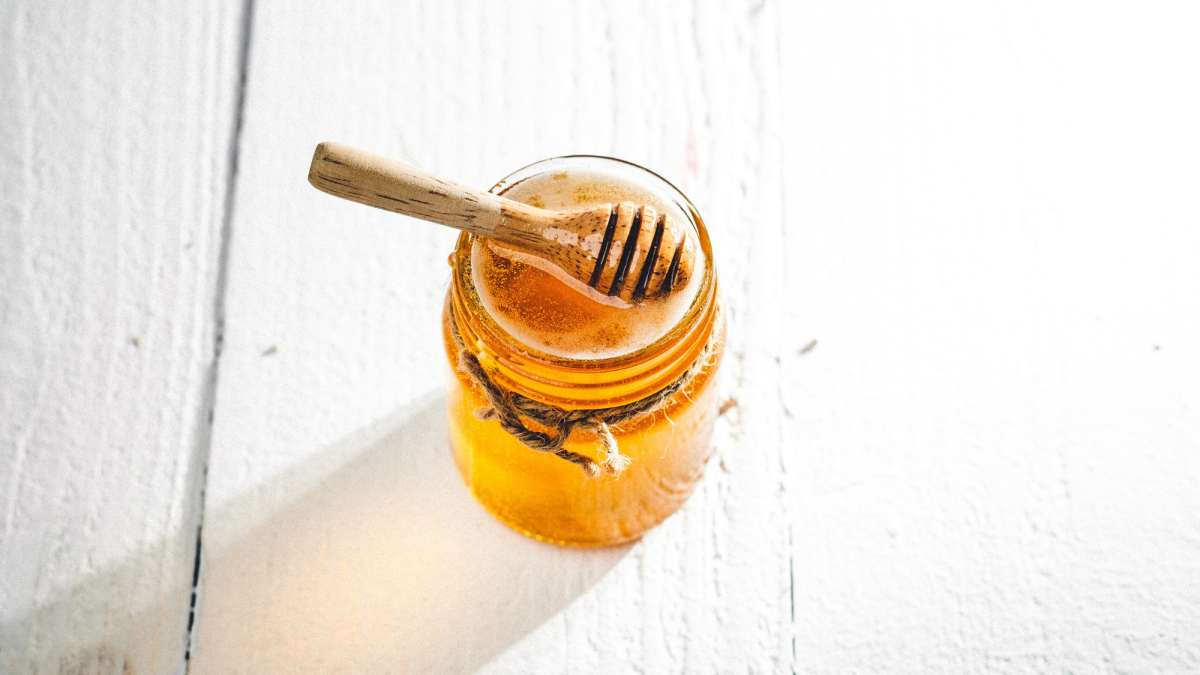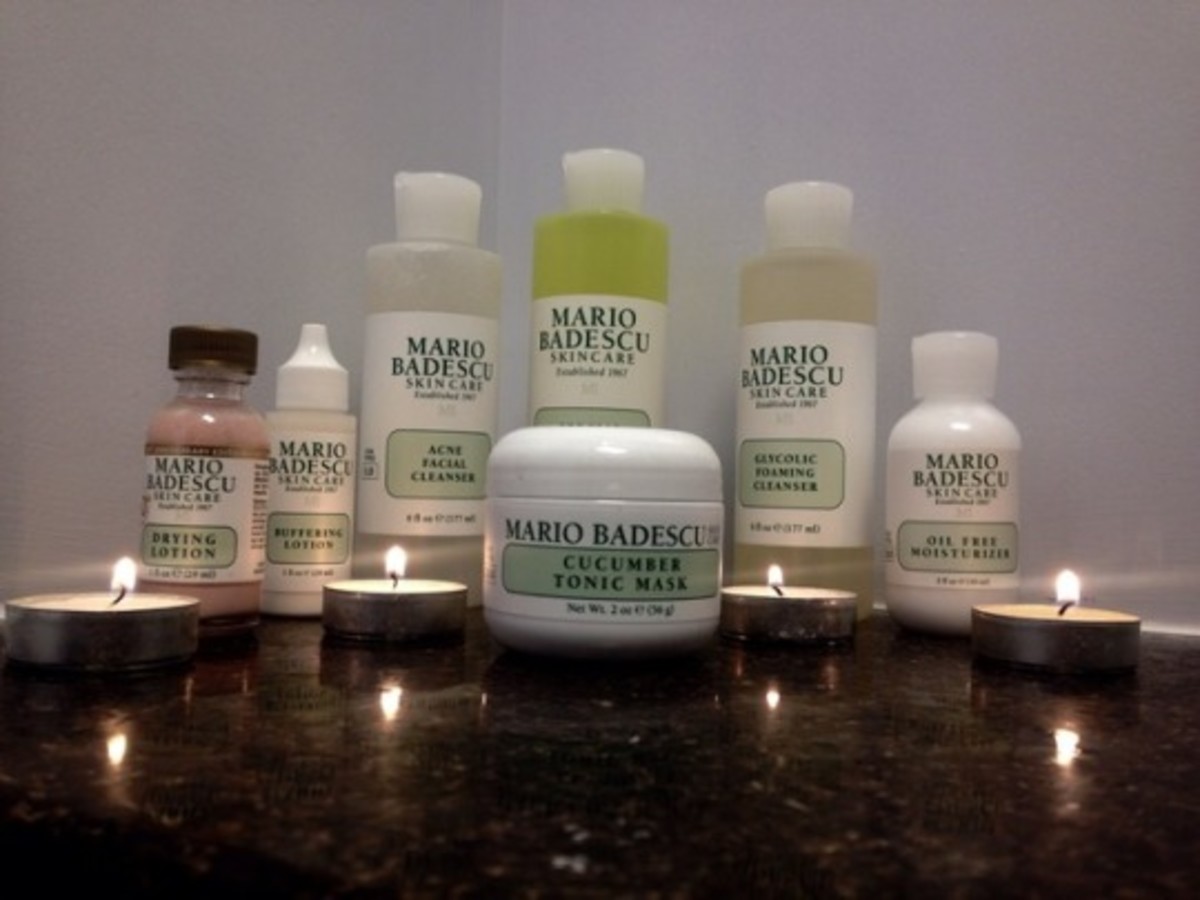How to make moisturising lotion
You can refer this page to learn about the following:
- What is moisturizing lotion
- How to make moisturizing lotion
- A commercially viable moisturizing lotion formula and
- How to label finished moisturizing lotion.
What is moistureizing lotion
The main aim of applying moisturizing lotion is to get the widely desired attributes of soft and smooth skin, especially during cold and dry winters. There are two types of dry skin.
- One in which it is due to prolonged exposure to low humidity and air movement which modifies the normal hydration gradient of stratum corneum.
- The second is due to physical and chemical changes that take place in skin due to processes such as ageing, or over degreasing (using detergents) over years.
The approach in restoring water to dry skin has taken three routes, namely occlusion, humectancy, and restoration of deficient materials. In most moisturizing preparations all these three modes of restoring moisture to skin are incorporated. Through agents capable of occlusion rate of tran-epidermal water loss through the epidermis is reduced. Example of occlusive agents used in moisturising lotion is mineral oil, vegetable oil, lanolin and silicones. The use of simple film forming agent like albumin, mucopolysaccharide, gelatin, hydrolyzed protein etc can also be considered while formulating a moisturising lotion.
More recently skin friendly barrier materials have been available which are able to reduce the rate of water loss without putting on occlusion or greasy barrier layer on the surface of skin. These ingredients act substantive to the skin as well as to other moisturizers, emollient and skin conditioning agents used for making moisturizing lotion. Examples are quaternium 17 & 22. Humectants are agents that attract water from atmosphere hence moisturize skin, examples are glycerol, propylene glycol, and Sodium acetate. Emollient impact smoothness and general sense of well being to the end user of the lotion.
Marketed products
- Lakme moisturizing lotion.
- Avon naturals moisturizing cream and lotion.
Formula for moisturizing lotion
INGREDIENTS QUANTITY in grams
Hydroxypropyl methylcellulose(HPMC) 20 grams
Glycerin 6 grams
EDTA 1 grams
Propylene glycol 2 grams
Petrolatum 10 grams
Mineral oil 6 grams
Hard paraffin 2 grams
Isopropyl myristate 2 grams
Stearic acid 6 grams
Triethenol amine 2 grams
Methyl paraben 0.36 grams
Propyl paraben 0.04 grams
Perfume In sufficient quantity
Cetyl alcohol 1.5 grams
Water To make150 grams.
Steps to Make Moistureizing Lotion
- Step 1: First make HPMC gel and then disperse it in little amount of water say 40 ml and add disodium EDTA to it.
- Step 2: Then take water-soluble ingredients such as glycerin, propylene glycol triethenol amine, methyl paraben, mix them in a suitable container and heat to 70 degree Celsius, under no circumstances temperature should go beyond 70 degree Celsius.
- Step 3:The oily ingredients such as petrolatum, mineral oil, hard paraffin, isopropyl myristate, stearic acid, propyl paraben, cetyl alcohol are weighed according to the formula, mixed and heated to 70 # C.
- Step 4: When both the phrases reach at about 70 # C the oily phase is added to aqueous phase with stirring (preferably with trituration).
- Step 5: The HPMC gel solution prepared in step one is then added to the emulsion at 50 degree Celsius. Perfume is then added to the preparation at room temperature before packing.
- Step 6: The preparation is now ready to be packed in suitable container for market$.
The label of finished product should comply with local FDA guidelines.
Labelling Guidelines
The label should specify:
- Name of the product
- Contents: Name and percentage of any active ingredient if added to preparation.
- Net Weight: As present in the final container.
- Manufacturing License Number as obtained by regulatory authority of your country.
- Manufacturing Batch Number: As applicable
- Manufacturing Date – Month and year of manufacturing.
- Expiry Date – Month and year of expected expiry.
- Maximum Retail Price- As applicable.
- Place Of Manufacturing- The plant where it is manufactured.








